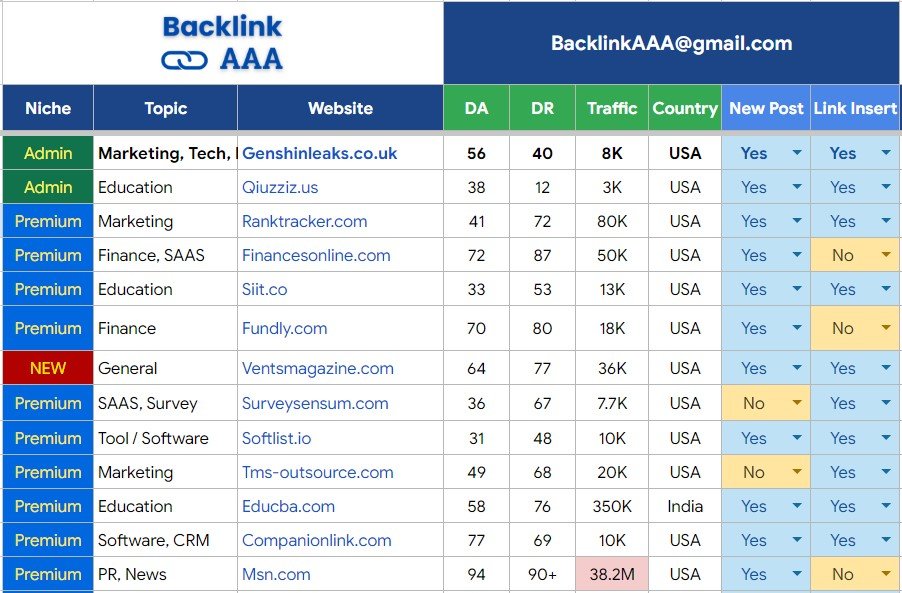Game Asset Optimization: How to Prevent Beautiful Graphics from “Killing” Mobile Game Performance • Cre8Pics

In mobile game development, a stunning visual presentation is a powerful user acquisition tool. However, the very assets that attract players can become your greatest liability if they are not optimized for performance. A game that stutters, lags, or drains the battery is a game that gets uninstalled. For studios, especially those relying on slot game art outsourcing, ensuring that externally created assets are technically sound is as crucial as their aesthetic appeal.
Optimization isn’t about sacrificing quality; it’s about achieving maximum visual impact with minimal computational cost. It’s a discipline that must be ingrained in the art production pipeline from the very beginning. A high-performing game retains players, protects your store rating, and ensures a smooth experience across the vast ecosystem of mobile devices.
The path to optimized assets involves several key technical strategies. Here is a foundational checklist that should be standard for every asset, whether created in-house or through a partner:
- Texture atlas mastery: One of the most critical steps. Instead of dozens of individual image files, combine multiple sprites and UI elements into a single texture sheet. This dramatically reduces draw calls, which are a primary performance bottleneck. A professional slot game art outsourcing partner will always deliver well-packed atlases as part of their workflow.
- Conscious texture size and format: A texture doesn’t need to be 2048×2048 if it’s displayed on a small UI icon. Use the smallest texture size possible that maintains clarity on target screens. Furthermore, utilize modern compressed texture formats like ASTC or ETC2, which offer significant memory savings with minimal quality loss.
- Smart mesh and vertex optimization: For 2D sprites, this means simplifying the mesh (collision data) to the fewest vertices necessary. A perfectly rectangular button doesn’t need a complex 50-vertex mesh. In a 2.5D or UI context, reducing the polygon count of any 3D elements is essential to ease the GPU’s burden.
- Efficient animation practices: Frame-by-frame animation can be a memory hog. Where possible, utilize skeletal animation or tweening, which are far more performant as they manipulate a single texture with a bone structure instead of swapping out numerous individual sprite frames.
Ultimately, optimization is a shared responsibility. It requires clear technical guidelines from the development team and a deep, technical understanding from the artists. When briefing an art partner, providing a detailed technical spec sheet is non-negotiable. By making optimization a core pillar of your art pipeline, you ensure that your beautiful graphics are a gift to your game’s performance, not its downfall.







